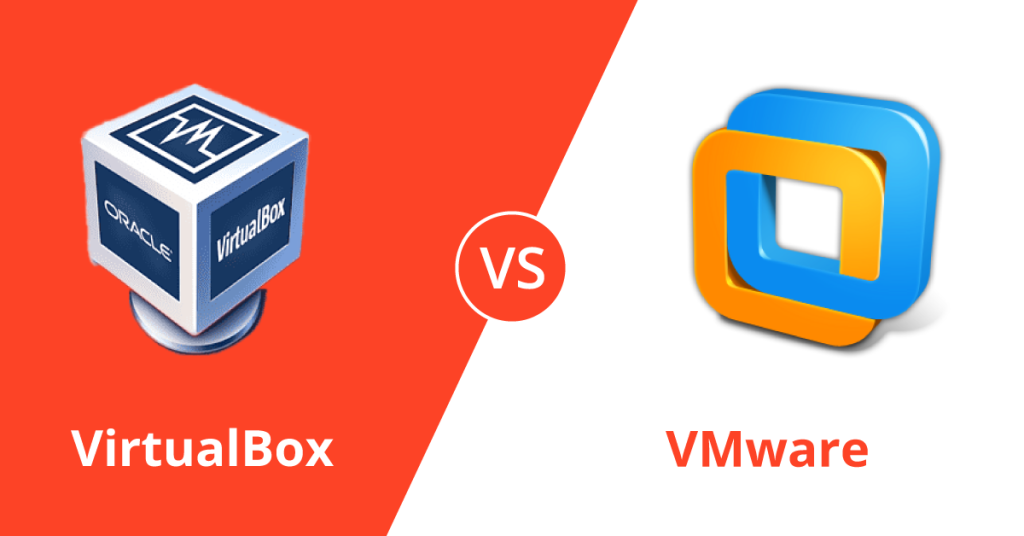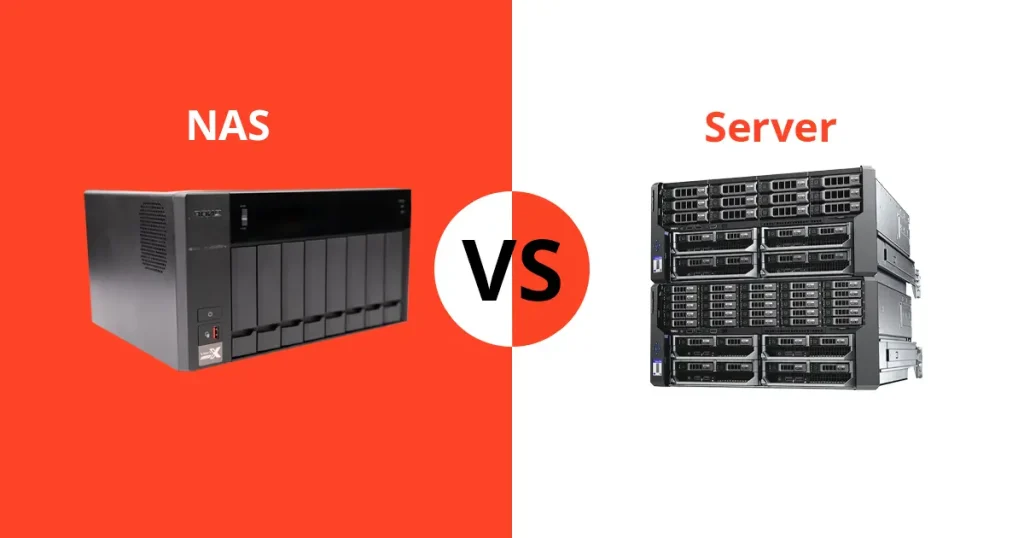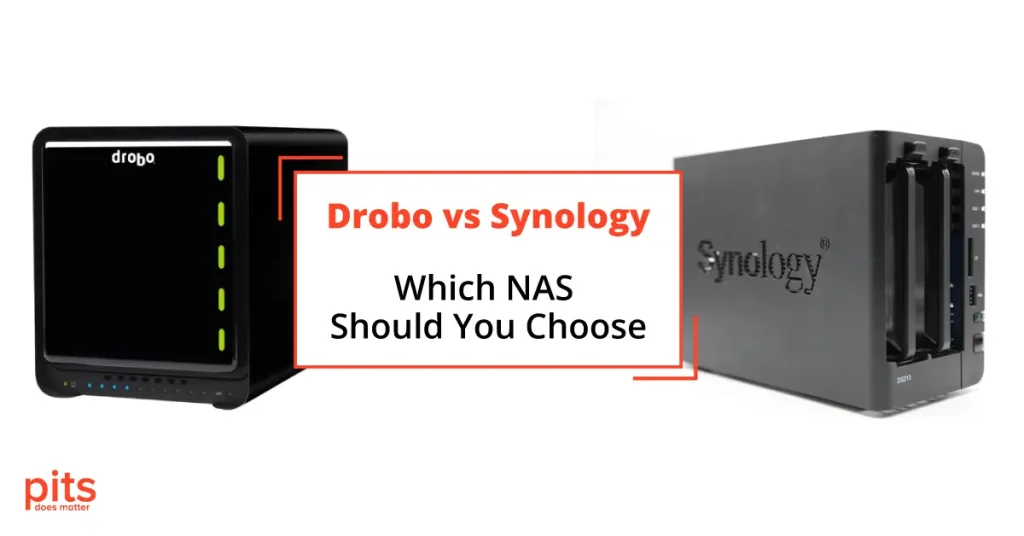In matters concerning data protection and storage, RAID (Redundant Array of Independent Disks) emerges as a widely adopted technology amongs numerous enterprises and individuals alike. Employing a strategy that amalgamates multiple drives into a cohesive logical unit, RAID serves to augment performance and/or redundancy.
Diverse RAID levels exist, each presenting distinct advantages and compromises. In this blog, our team will direct its attention to RAID 0 and RAID 1, two of the most prevalent RAID configurations.
Significance of Diverse RAID Levels
The significance of RAID levels varies depending on the intended utilisation of the storage system. For instance, RAID 0 serves as a primary means to augment the read and write speeds of the storage system, rendering it a preferred option for performance-demanding applications like video editing or gaming. Conversely, RAID 1 functions as a means to ensure data redundancy, making it a popular choice for businesses unwilling to risk data loss due to hardware failure.
The selection of an appropriate RAID level hinges upon the specific requirements of the system, encompassing factors such as performance, capacity, and redundancy. RAID 5 and RAID 6 utilise parity data to furnish redundancy, while RAID 10 employs a combination of striping and mirroring. Additional RAID levels, namely RAID 5, RAID 6, and RAID 10, present a blend of write/read performance and redundancy.
Functionality of RAID 0
RAID 0, commonly referred to as “striping”, operates by partitioning data into blocks and distributing these blocks across multiple hard drives.
This approach facilitates the simultaneous operation of several drives, thereby enhancing the system’s read and write speeds. It is important to note that RAID 0 does not incorporate redundancy, implying that the loss of one drive results in complete data loss.
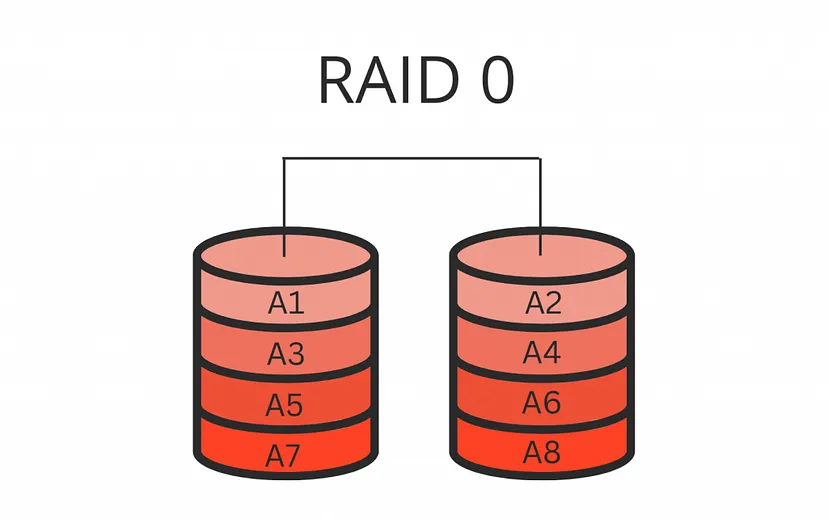
To elucidate the workings of RAID 0, let us consider a scenario with two 1TB hard drives. In a non-RAID setup, the total capacity would amount to 2TB.
Nonetheless, in a RAID 0 arrangement, data undergoes division into blocks and is distributed across both drives. As a result, the aggregate capacity remains 2TB, yet the read and write speeds are notably enhanced.
To illustrate, consider the scenario of writing a 2GB file. The file is fragmented into smaller blocks and allocated across both drives. When reading or writing the file, both drives operate concurrently, thereby elevating the speed of the operation.
Mechanics of RAID 1
RAID 1, commonly referred to as a mirroring drive, operates by creating an exact replica of the data on each of the hard drives. This methodology ensures redundancy, meaning that in the event of a drive failure, the data remains accessible on the other drive. Unlike RAID 0, RAID 1 does not bolster read and write speeds, as the data remains unfragmented across multiple drives.
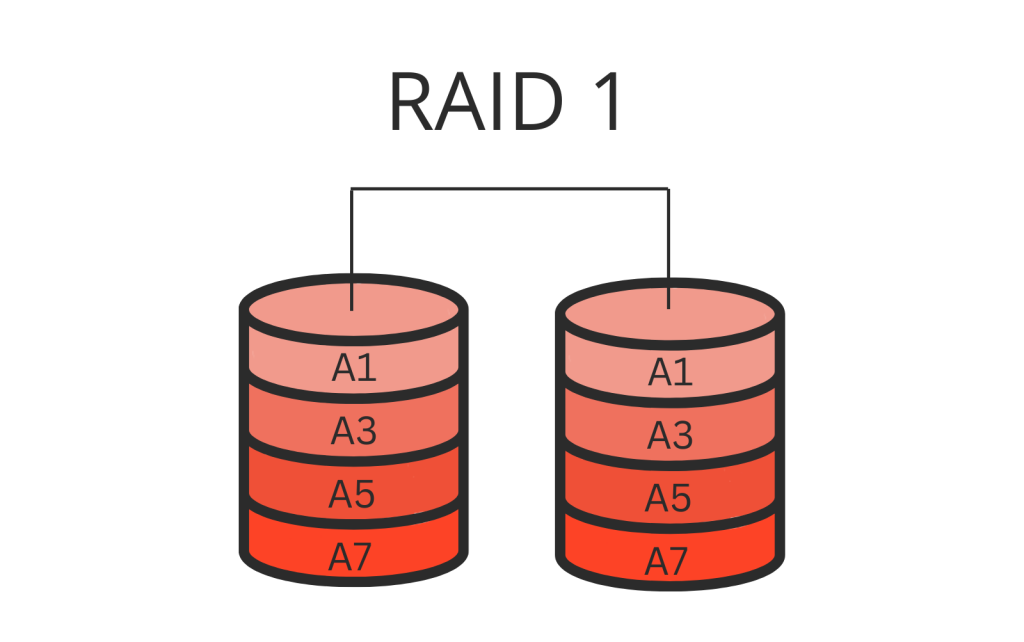
To illustrate the functionality of RAID 1, consider the scenario where two hard drives, each with a storage capacity of 1TB, are configured in RAID 1. In this setup, the data is mirrored across the disk drives, ensuring a safeguarded duplicate on both.
Consequently, the total capacity amounts to only 1TB, owing to the duplication of data on both drives. Nevertheless, in the event of a disk failure, the data remains accessible on the alternate device.
For instance, when attempting to write a 2GB file, the file is simultaneously written to both drives, thus establishing redundancy. Subsequently, during file retrieval, it can be accessed from either drive since both contain an identical copy of the data.
Distinguishing RAID 0 from RAID 1
The primary distinction between RAID 0 and RAID 1 lies in the data storage approach employed and the level of redundancy conferred. RAID 0 utilises striping to distribute data across multiple hard drives, thereby elevating read/write performance without affording any redundancy. In the event of a disk drive failure, all data is irretrievably lost.
Conversely, RAID 1 adopts a mirroring technique to duplicate data onto multiple hard drives, ensuring redundancy without enhancing performance. In the event of a drive failure, data remains accessible on the unaffected drive. Consequently, when comparing RAID 1 to RAID 0, the former emerges as the more dependable option.
In terms of performance, RAID 0 outperforms RAID 1 with higher read and write speeds. This advantage stems from data being distributed across multiple drives, allowing for parallel operation. Conversely, RAID 1 does not bestow any performance benefits as data remains unfragmented across the drives.
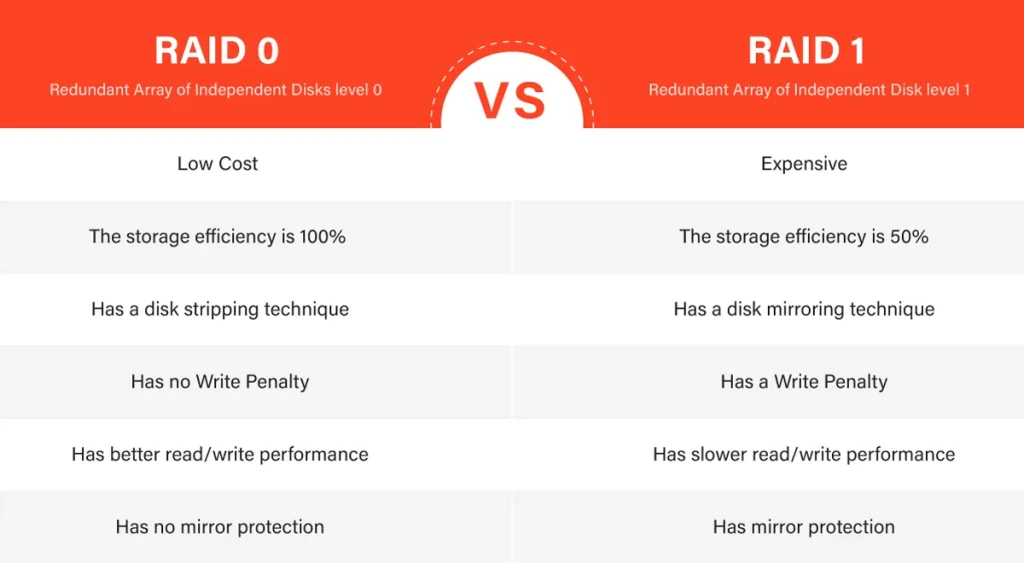
As far as data protection is concerned, RAID 1 decisively surpasses RAID 0. RAID 1 provides redundancy by duplicating data onto multiple drives, ensuring data accessibility should one drive fail. On the contrary, RAID 0 lacks redundancy, resulting in total data loss if one drive fails.
Another point of differentiation between RAID 0 and RAID 1 pertains to the storage system’s capacity. In RAID 0, the storage system’s capacity equals the aggregate of all the hard drives’ capacities within the array. For instance, in a RAID 0 array comprising two 1TB hard drives, the overall capacity of the array amounts to 2TB.
In contrast, RAID 1 imparts a storage system capacity equivalent to that of a single hard drive within the array. For instance, in a RAID 1 array encompassing two 1TB hard drives, the total capacity of the array remains confined to 1TB.
Comparison of RAID 1 and RAID 0
In summary, RAID constitutes a significant technology utilised for data storage and safeguarding. Among the various RAID levels, RAID 0 and RAID 1 stand out as prominent options, each presenting distinct advantages and trade-offs. RAID 0 is instrumental in elevating the read and write speeds of the storage system, whereas RAID 1 serves to establish data redundancy. This divergence arises from RAID 0’s employment of striping to divide data across multiple drives and RAID 1’s use of mirroring to duplicate data onto several drives.
RAID 0 excels in delivering higher read and write speeds; however, it lacks redundancy, while RAID 1, with its mirroring approach, offers data protection without augmenting performance. The selection of the appropriate RAID level hinges upon the system’s specific requirements, encompassing aspects such as performance, capacity, and redundancy.
Frequently Asked Questions
What is RAID 0?
RAID 0, also referred to as striping, is a RAID configuration wherein multiple drives are integrated into a single logical volume. Data is evenly distributed across these drives, resulting in heightened performance and increased storage capacity. Nevertheless, it is important to note that RAID 0 does not offer data redundancy or fault tolerance.
What is RAID 1?
RAID 1, known as mirroring, involves generating an exact replica of data across multiple drives. Each drive within the RAID 1 setup holds identical information, thereby providing redundancy and fault tolerance. In the event of a drive failure, the data remains accessible from the other drive(s).
What is the primary distinction between RAID 0 and RAID 1?
The main difference lies in their objectives and characteristics. RAID 0 emphasises performance and capacity, as it stripes data across drives to enhance read/write speeds and expand storage capacity. Conversely, RAID 1 prioritises data redundancy and fault tolerance by creating a mirrored copy of data for improved data protection.
Can RAID 0 and RAID 1 be combined?
Indeed, it is possible to combine RAID 0 and RAID 1 in a configuration known as RAID 10 (or RAID 1+0). RAID 10 offers both performance and data redundancy by striping data across mirrored pairs of drives. However, it is essential to consider that RAID 10 necessitates a minimum of four drives and provides a reduced overall storage capacity compared to RAID 0.
We’re Here to Help
Our experienced team is committed to helping you recover your critical data. No matter the situation, we work diligently to ensure the best possible outcome. Take action now and let us restore what’s important to you.
Start Recovery Process
"*" indicates required fields
